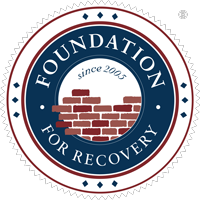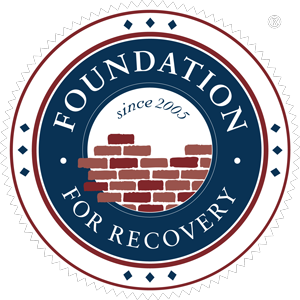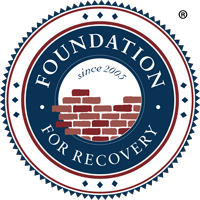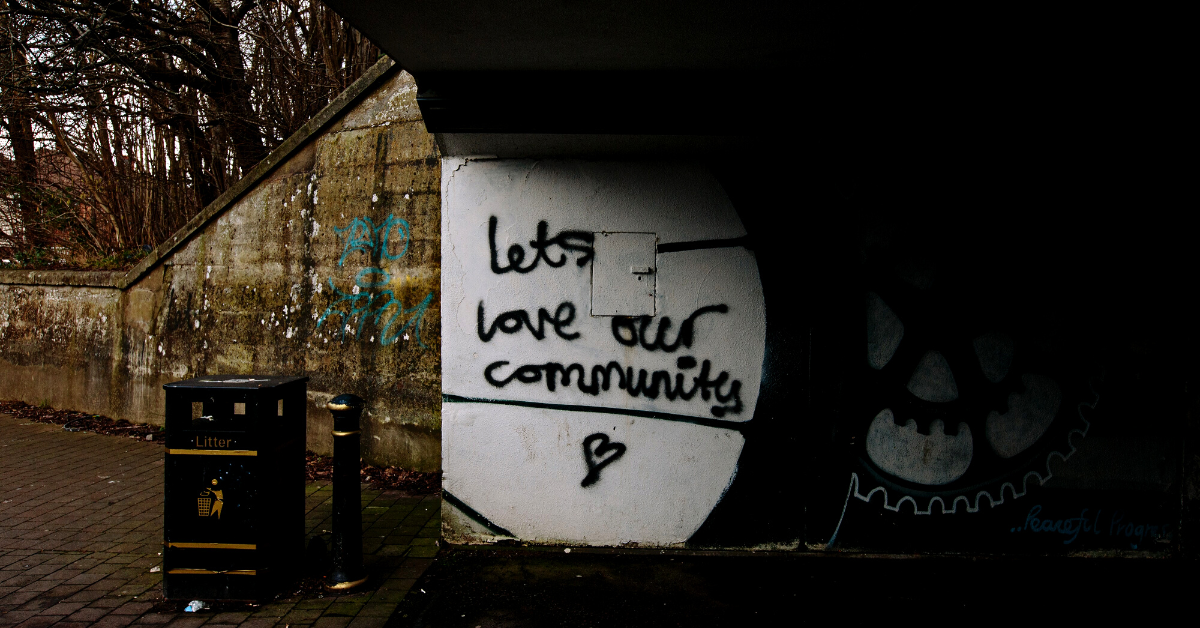Ninety-two years ago today, an armistice went into effect between the forces fighting World War I, marking the end of the “war to end all wars.” Sadly, the Treaty of Versailles did not end all wars. Within twenty years, the world was at war again, and today our country is engaged in wars on two fronts. Among all the other devastating effects of war and violent conflicts around the world, one that is often overlooked is war’s ability to contribute to addiction in its veterans.
The Civil War
It was the American Civil War that led to the first wave of morphine addiction in the United States. In addition to the 620,000 Americans killed, the Civil War left 412,000 veterans wounded, many of whose pain had been aggressively treated with morphine in the field. Following the Union’s victory in 1865, hundreds of thousands of veterans returned to their homes to rebuild from the war’s destruction, only to be further plagued by morphine addiction.
The pharmaceuticals industry quickly responded to the misfortune of hundreds of thousands of veteran addicts by flooding the market with quick-fix addiction remedies, such as the Keeley Double Chloride of Gold Cure, which was administered at inpatient Keeley Institutes and via mail order. Unfortunately, however, many of these “cures” themselves contained alcohol, opiates, or cocaine, often worsening the addiction problems of suffering veterans.
World War I
In response to the notoriously gruesome living and fighting conditions of troops in the First World War, many American enlisted men purposely became addicted to cocaine, heroin, morphine, and other drugs to guarantee their ejection from the military. According to a 1918 congressional report, there were at that time a minimum of 1.5 million habitual drug-using Americans, 500,000 of whom were addicts. In the state of New York alone, 200,000 men of draft age habitually used drugs. What followed this influx of purposely addicted veterans was a decade of legal battles over the proper methods for treating drug addicts. In 1929, the United States passed the Porter Act, allocating funds for the U.S. Public Health Service to construct and operate two narcotic farms in Lexington, Kentucky and Fort Worth, Texas for the detention and rehabilitation of narcotics offenders. It was in these Public Health Service hospitals that drug addicts first began experimenting with recovery through the Twelve Steps of Alcoholics Anonymous.
The Vietnam War
The experience for many American soldiers in the Vietnam War was one of long periods of boredom and inaction punctuated by harrowing and violent combat. It was common for soldiers to cope with this wide range of emotions by using alcohol and other drugs. When American military leadership started cracking down on marijuana use by troops, many soldiers switched to smoking heroin, which was affordable, pure, and widely available in Vietnam. According to Peter Brush, “Men used heroin to pass the time, to deal with the danger, boredom, and purposelessness of their lives.” Use of this highly addictive drug spread throughout American troops in Vietnam; by 1973, 34 percent were common users of heroin.
Unfortunately, programs implemented by the military to curtail drug abuse and addiction were too little too late, and had very little impact on the drug problem among soldiers and veterans. Near the end of the Vietnam War, thousands of heroin addicts were discharged from the military without any treatment for their addictions, ultimately carrying their disease with them to civilian life in America, where heroin was more expensive, less pure, and even more dangerous.
While discharged soldiers were taking their addictions back to the States, others were being deployed to bases in Europe, where substance abuse and addiction quickly became huge problems for the military. Poor living conditions on these European bases also contributed to the drug abuse problem among American military forces. At a time when American military resources were focused primarily on fighting communism in Indochina, their bases in Europe were being sorely financially neglected, resulting in poverty-level living conditions for troops and their families. This neglect ultimately led to drug use in nearly half of all soldiers in U.S. Army, Europe (USAREUR).
While heroin was pure, affordable, and widely available in Vietnam, this was not the case in Germany, where most American troops were ultimately stationed in Europe during the Vietnam War. Instead, addicts began abusing a wide variety of drugs such as LSD, amphetamines, and crude opium. The troops’ lack of education about and inexperience with these substances often led to adverse reactions, hospitalization, and even death. To combat these casualties to substance abuse, military doctors attempted to educate soldiers through publications, like the Drugs in Germany pamphlet featured to the left, which was published by an affiliate of USAREUR in 1972, and is held in the collections of the Foundation for Recovery Library, Archives, and Museum. (Click the image or the above link to view the whole document in Scribd.) Unfortunately, the efforts of the military to combat addiction were only minimally successful. The U.S. Department of Veterans Affairs continues to help addicted Vietnam veterans thirty-five years after the end of the war.
Iraq & Afghanistan
Despite a century and a half of experience dealing with addiction in soldiers and veterans, the United States military continues to struggle with an epidemic of addiction to this day. In our country’s current wars in Iraq and Afghanistan, the unpredictability of counterinsurgency tactics has led to a very high occurrence of post traumatic stress disorder (PTSD) among troops and veterans. Many of these veterans have high rates of co-occurrence with PTSD and substance abuse. Among many discouraging statistics about veteran wellness, a recently released report by the Army found an increase in high-risk behaviors, including substance abuse, in Iraq and Afghanistan veterans. These high-risk behaviors have ultimately led to higher mortality among veterans at home than among active-duty soldiers stationed overseas.
Today, as our country fights wars on two fronts, the Foundation for Recovery is doing its part to help affected veterans and military families in Nevada. It is our hope, through our Recovery Support Services for Veterans and Military Families pilot project, to provide peer support services for those affected by addiction in Nevada’s large military population. Once the project gets underway, we hope to:
- Help to develop a Recovery-Oriented System of Care (ROSC) in Nevada, with a special focus on veterans,
- Train Peer Recovery Specialists to work with those veterans who are newly in recovery,
- Provide peer support to veterans and their families both in person and via telephone, and
- Provide vocational and housing assistance to the veteran recovering community.
Please help us accomplish these goals of support for Southern Nevada’s veterans by donating to the Foundation for Recovery, shopping for your recovery needs at our Recovery Store online or in person, or contacting us to volunteer your time for this worthy cause!










